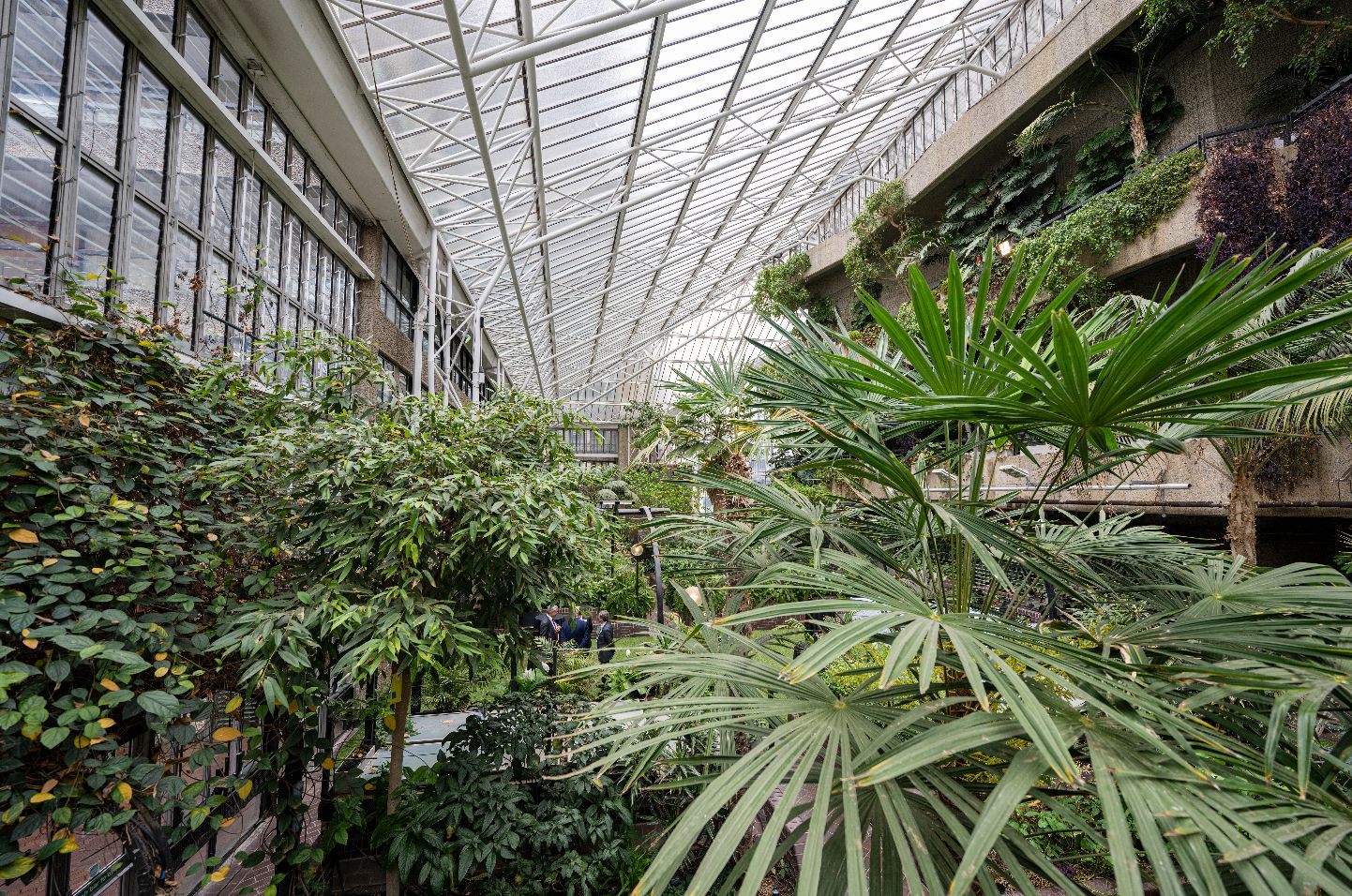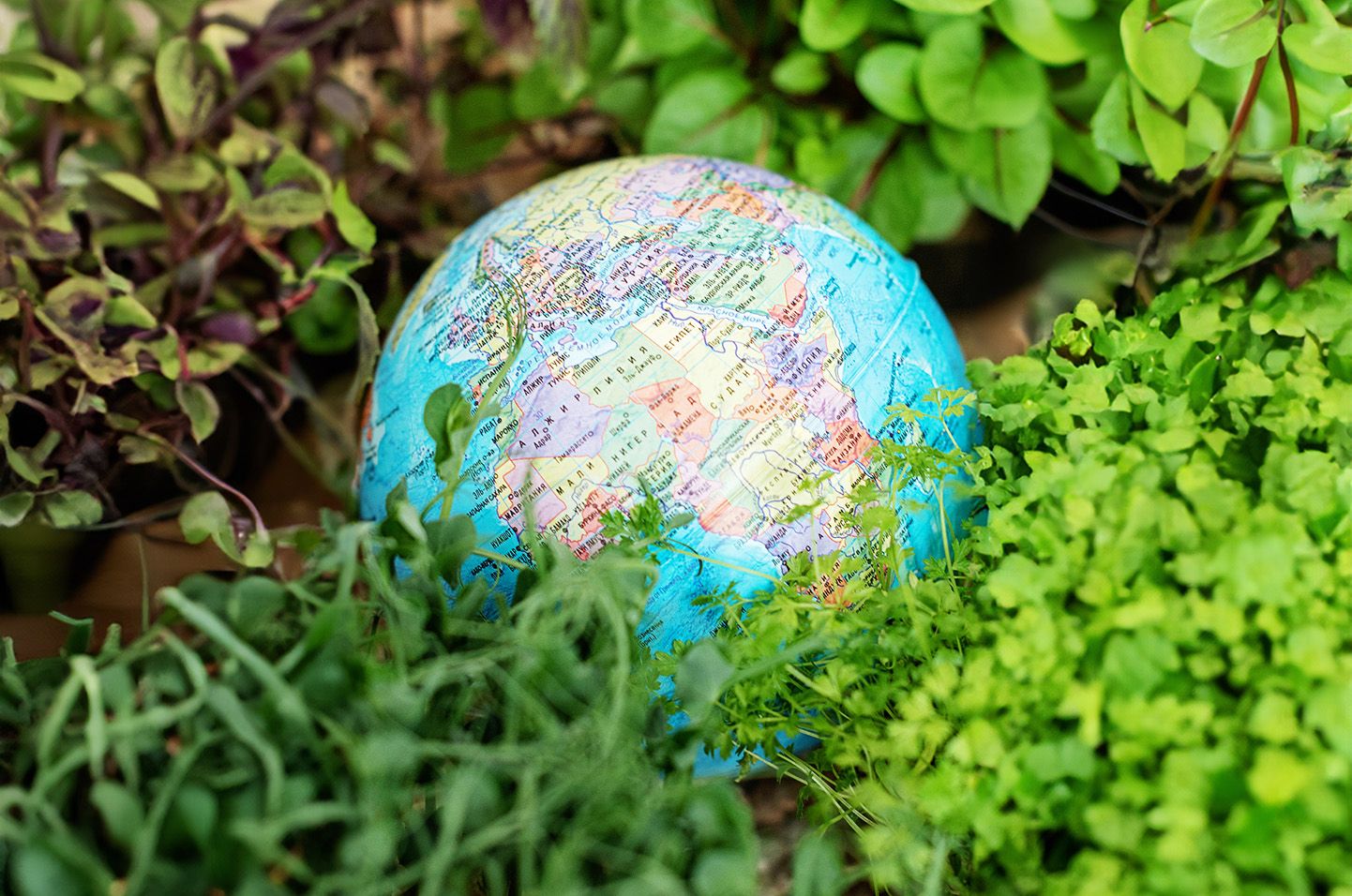Sustainable events are a topic at the forefront of all corporate event planning. By its very format, the events industry can generate unnecessary disposable waste and higher carbon emission levels. To help combat this, the team have pulled together five simple ways to make sustainable improvements when running an event.
With recent reports of global temperatures exceeding the critical 1.5ºc tipping point, we are all aware that taking immediate action is vital.
This immediacy often leads to companies making false or exaggerated claims about their products or services, which can be misleading.
Before we get overwhelmed, it’s worth remembering that even simple checks and eco switches can help reduce our impact.
Here are five easy and actionable tips, as recommended by Laura, one of our event Project Managers here at Primary.



1. Greener Food – Simple switches for sustainable catering at your event.
We are a generation of foodies. With global inspiration at our fingertips, it has never been easier to create fusion menus and dishes inspired by any location around the world.
Other than the main content, a key talking point of any corporate event is always the food! But before we rush to order ingredients sourced from all around the world, Laura has these simple steps to ensure that your catering compliments its eco credentials as much as the taste.
- Beef is a popular choice for gala dinners and event catering. However, with one of the highest carbon values, beef dishes aren’t the ideal choice.
- One way to balance this would be to add other lower-emission dishes to the menu to reduce the overall total. Venison is a great consideration as it has the same carbon value as chicken.
- Guests may perceive a beef-free menu to be due to cost-cutting or budgeting measures, rather than the positive environmental impact. Highlighting your reasoning, and the impact it will have, will help guests to understand and support the decision.
- Insights equals better decisions. Without doing some research, the seemingly better choice may have a larger carbon footprint. For example, unseasonal fresh produce will need to be grown in greenhouses with added power and heating or flown overseas to the required destination.
- Reduce food waste by offering pre-selected menus or portion sizes, where appropriate. This can help to control the amount of food produced and limit waste, particularly for evening meals when guests can get distracted by the social aspects of a function!
2. Support Local – Boosting local industries to improve sustainability at your live event.
Traditionally, events involve distributing memorabilia, throwaway gifts and paper collateral. Event catering typically uses disposable cups, bottles and napkins. To balance this, here are some helpful tips to help reduce this waste and support local industries –
- Branded products are a wonderful way to commemorate an event, but creative thinking to make them more meaningful is preferable. Choosing edible solutions that are locally produced, such as honey or jam, is a fantastic eco-swap.
- With access to hubs of local businesses, sites such as Etsy, Trouva and Not on the High Street could conjure up a world of creative possibilities for gifting inspiration.
- Other sustainably produced gifts such as wildflower seed cards are a thoughtful and meaningful offer.
- Choosing reusable products is an excellent alternative to disposable items, such as cups. Consider working with local print companies to add branding without excessive shipping emissions. Choosing local printers may also result in cost savings, too.



3. Truly Greener Choices – Ensure your eco swap is as green as it seems.
When considering products, it’s important to research their true sustainability. With so much greenwashing, Laura recommends these guidelines to ensure you select the truly greener choice.
- A little due diligence goes a long way. Many products claiming to be bamboo can often be made with BPC (Bamboo Plastic Composite).
- At first glance, bamboo products may seem to be a more environmentally friendly alternative, however, only a small faction can be made with bamboo fibre.
- This makes the environmental impact redundant. BPC products are not biodegradable, so it will not break down naturally after its lifespan.
- Furthermore, if a cup is made from BPC, it can release chemicals harmful to health when exposed to heat.
- So, it is best to research each product to uncover any potential pitfalls that may not be immediately clear.
4. Reduce rather than Offset – Select the better choice for your corporate event.
As is often the case, it’s best to address the root of a problem to find the most effective solution. The trend is to offset carbon emissions; however, it can take years to balance that offset, and may never come to fruition. Wherever possible, reducing carbon would always be the preferred method, here are some helpful highlights to consider –
- It would take 20 years for a newly planted tree to capture enough CO2 needed to balance carbon offset schemes. Even then, the tree may not mature if it is affected by pests, disease, weather conditions or other natural causes.
- Reducing emissions at source is therefore far more efficient and effective.
- Although events are travel-heavy by nature, one example is to limit all unnecessary journeys where possible. Meetings during the planning stages should be online, with in-person meetings kept to essential only. (This is one aspect the post-pandemic world has helped to improve!)
- Offer combined group travel options to and from events where workable; carpooling, public transport, and making use of local sustainable transport options. Just one less journey makes a valid reduction.



5. Embrace the Tech – Go digital for a paperless event plan.
As our dependence on AI and technology grows, it makes sense to apply this to events as well. We tend to rely on paper options when it comes to events, but digital solutions for many aspects can be a logical and efficient sustainable choice. Here’s how:
- Avoid printing any unnecessary event assets. Reducing paper consumption alone is an ideal sustainable solution, but digital versions can also accommodate last minute amends and updates.
- Digital schedules, menus and place settings on the main screen reduce unnecessary paper wastage for event timings and refreshments.
- If physical versions are necessary, then opting for collective props such as display boards, easels, and slates offer a beneficial reduction.
- The same principle applies to signage, guides, maps and take-home information; digital versions have scope for providing more information in a creative and engaging way.
Get in touch for more information.
So, there we have five helpful tips to improve sustainability success; a brief list of ideas to make your event more sustainable, and that’s just a starting point!
Our team are always researching the latest industry information and trends so we can support clients with relevant advice and expertise. Additionally, we hold an Eco Vadis accreditation, to help meet our own sustainability goals and to guide those of our clients, too.
If you need more inspiration for your next event, please get in touch with one of the team, or with your dedicated project manager.







